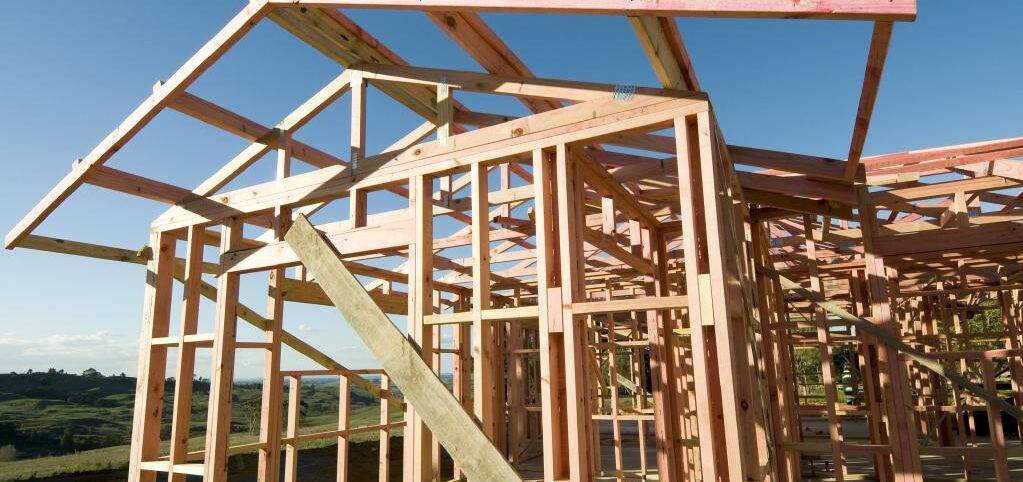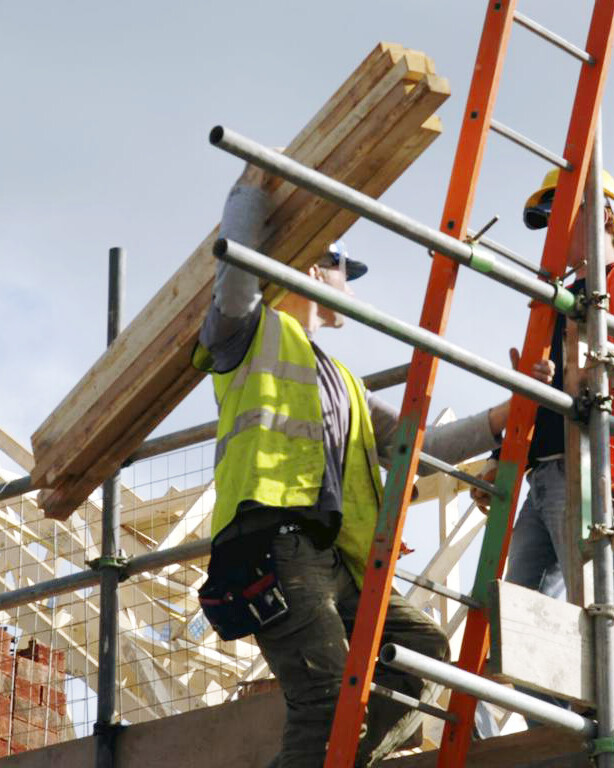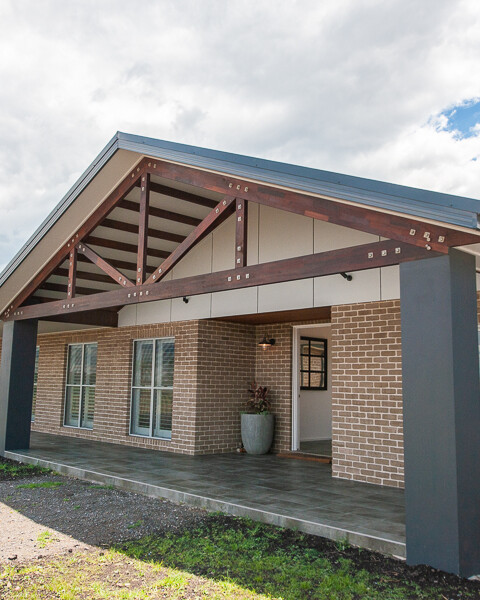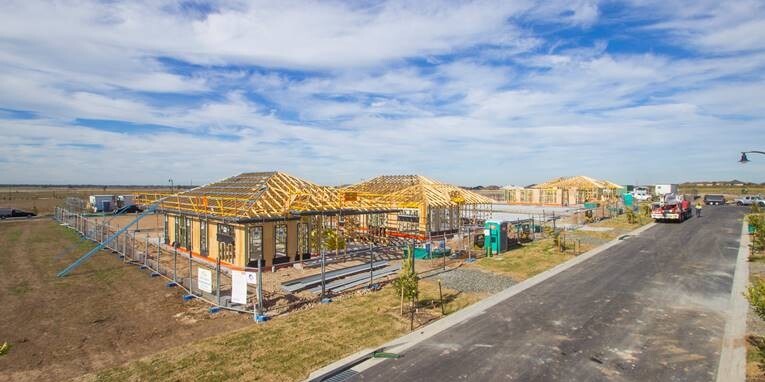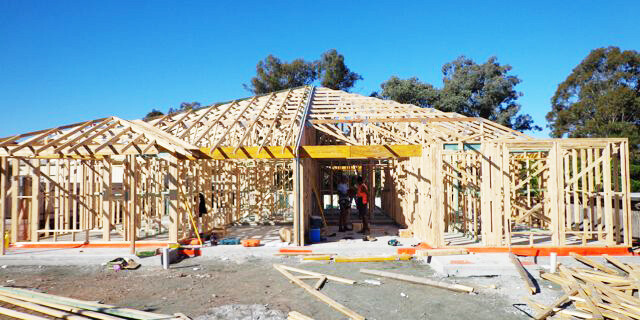Factoring all costs building a new home or investment
How does the construction boom effect my home build?
Let’s start with the good news: Australia is going through a construction boom. As of February 2022 there were 18,448 applications for the HomeBuilder grant that the Australian Government had established during the pandemic to encourage confidence in residential construction.
As a result of this encouraged construction, there’s now a lot of competition for labour and building supplies. That’s the not-so-good news. There are a variety of factors that have created this shortage of building materials and increased construction costs:
- the ‘Black Summer’ bushfires of early 2020 saw the destruction of vast quantities of local hardwood and softwood
- associated costs due to the COVID-19 pandemic including supply chain delays as well as labour shortages because of travel restrictions
- constraints on international freight costs as well as production shortages resulted in a decrease in imported building materials such as steel, timber and electrical products
What’s the word across the housing industry?
There’s been ongoing concern over recent years about the challenge of building price rises and the housing industry is in agreement: costs are high and it’s hard to say when they’ll halt.
The Australian Bureau of Statistics, Producer Price Index for the period December 2021 recorded that input and output prices of construction industries had risen dramatically across the previous year. “Input prices to house construction rose 12.0%, due to Timber, board and joinery (+18.4%) and other metal products (+13.2%). Investment in the residential sector and strong activity due to government funding in infrastructure is driving demand for labour. Supply shortages and rising freight costs have resulted in upward price pressure for materials.”
In 2021, Tim Reardon, the Housing Industry Association chief economist advised that there would be ongoing delays to home building across the country due to a shortage of building materials.
Core Logic, leading provider of property data and analytics in Australia and New Zealand observed that, across Australia last year, building costs rose 7.3%. Core Logic’s research director, Tim Lawless recently shared these insights.
“With some materials such as timber and metal products reportedly remaining in short supply, there is the possibility some residential projects will be delayed or run over budget.
“With such a large rise in construction costs over the year, we could see this translating into more expensive new homes and bigger renovation costs.”
Weathering the storm
With rain from this month’s East Coast low hammering Queensland and NSW, a weather analogy might be quite appropriate: If you were to sail out of port knowing there may be storms ahead, you’d listen to the shipping news, take necessary precautions such as life jackets and most importantly you’d ensure you had an experienced skipper on board.
A way forward
We’ve been through tough times before and the reality is: the construction of houses never stops. So, how does the home builder navigate these seemingly dark times and forge ahead? Our advice is first, arm yourself with knowledge – get informed. Reading this article is a great start! Understand the variety of current issues affecting construction costs related to building a new home to ensure you’re informed and you’re aware of the risks.
Secondly, seek out a trustworthy and experienced builder who will communicate clearly with you and be sure you agree to a building contract that will protect all parties. It’s the life jacket for everyone.
Keeping it real
While you’re investigating it’s important to be wary of builders who are tendering on jobs at a preliminary stage without factoring any known or anticipated supplier price rises, only to lump clients with these price increases at contract stage. This approach leaves clients in a position where potentially they cannot afford to build after going through the entire pre-construction planning process.
Valley Homes takes a different approach. Our estimators are in constant communication with our long-term suppliers and any anticipated price increases are being factored into our preliminary pricing. We also explain to clients that our preliminary pricing is subject to supplier price rises – including frames, trusses and roofing. Once the job is repriced prior to contracts being issued this becomes a fixed price contract, with the difference of any provisional sum allowances reflected in the final invoice.
How are Valley Homes addressing supply shortages?
We know that a major concern this construction boom presents for home builders is the shortage of building materials that can potentially cause delays adding to build times. Valley Homes’ longevity in the industry and loyalty over the years to our local suppliers gives us priority for supply of materials. This is a real positive for our customers.
Enjoy the benefits of experience
Valley Homes is the Hunter Valley and Newcastle builder who has weathered industry storms and not only survived but continued to thrive because we seek the perfect balance between best design practices and cost efficiency ensured by working with our local suppliers.
In this current environment Valley Homes is the builder you can trust to communicate clearly with you through every stage of the development.
If you have any further questions about the current building climate – Call us today and let Valley Homes help you navigate your way through the process of building a new home.
Find out more
Read the HIA guide on why your house is taking longer to build and is costing more


